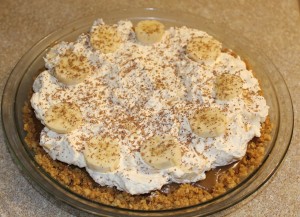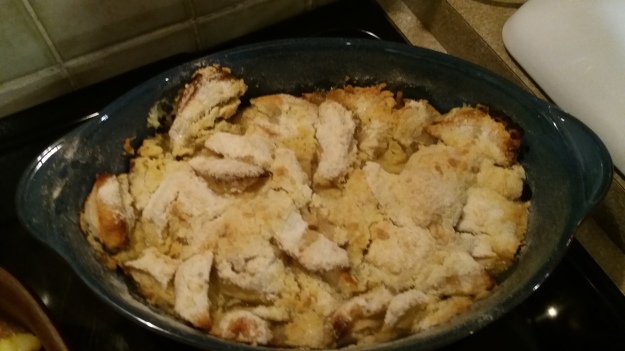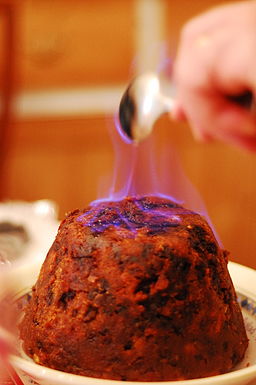It’s another #TastyTuesday and this week I’m serving up Banoffee Pie. As with many of the British desserts I’ve posted here, if you are at all concerned with your cholesterol level, walk away now. Trust me, a little banoffee pie goes a long way.
Banoffee is very popular in the UK and you’ll find some variation of a banoffee dessert in pubs and restaurants all over the country. Banoffee cheesecake, cupcakes, tarts, sundaes . . . you get the idea.
This recipe is from my sister-in-law’s mother-in-law and it is delicious. Let me know if you make it and what you think!
Banoffee PIe
For the base:
100 grams/ 7 Tbsp butter, melted
250 grams/ .5 pounds digestive biscuits/graham crackers, crushed
For the caramel:
100 grams/ 7 Tbsp butter
100 grams/.5 cup soft dark brown sugar
397 gram/14 ounce can Carnation Condensed Milk
For the top:
4 small bananas
300 ml carton/1.25 cups whipping cream, lightly whipped
grated chocolate
- You will need a 20cm loose-bottomed cake tin, greased, or if, like me, you don’t own such a thing, you can use an 8-inch pie plate.
- Crush the biscuits or graham crackers and pour them in a bowl. Add the melted butter and mix in. Spoon the crumbs into the base and about halfway up the sides of the tin/plate to make a pie shell. Chill for 10 minutes.
- Melt the butter and sugar for the caramel in a non-stick saucepan over a low heat, stirring constantly until the sugar has dissolved. Add the condensed milk and bring to a rapid boil for about a minute, stirring until it becomes a thick golden caramel. Spread the caramel over the base, cool and then chill for about 1 hour, until firm or ready to serve.
- Slice the bananas and fold half of them into the softly whipped cream and spoon over the caramel. Decorate with the remaining bananas and finish with the grated chocolate.






